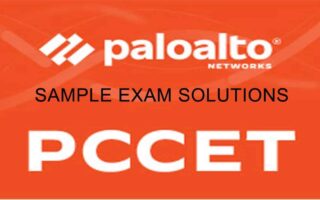In navigating the U.S. higher education landscape, it’s essential to understand the intricacies of the system. The United States boasts a diverse array of institutions offering various academic programs and degrees. From community colleges to Ivy League universities, students have a plethora of options to choose from based on their academic interests, career goals, and personal preferences.
Community Colleges
Community colleges serve as accessible entry points for many students seeking higher education. These institutions offer two-year associate degree programs as well as certificate programs tailored to meet the needs of local industries. With lower tuition costs and flexible scheduling options, community colleges provide a cost-effective pathway to higher education for students from diverse backgrounds.
Four-Year Colleges and Universities
Four-year colleges and universities confer bachelor’s degrees across a wide range of disciplines, including liberal arts, sciences, engineering, business, and more. These institutions vary in size, ranging from small, private colleges to large, public research universities. Students often choose four-year colleges based on factors such as academic reputation, campus culture, location, and extracurricular opportunities.
Graduate and Professional Programs
For those seeking advanced degrees or specialized training, graduate and professional programs offer opportunities for further study and specialization. Graduate programs encompass master’s and doctoral degrees, while professional programs include fields such as law, medicine, business, and education. Admission to these programs is highly competitive, with applicants typically required to demonstrate academic excellence, relevant experience, and strong letters of recommendation.
Admission Process and Requirements
Navigating the admission process can be daunting, but understanding the requirements and procedures can help streamline the application process.
Undergraduate Admissions
For undergraduate programs, applicants typically submit a combination of standardized test scores, high school transcripts, letters of recommendation, and personal essays. Many institutions also consider extracurricular activities, community involvement, and demonstrated leadership skills in their admissions decisions. Some colleges and universities have holistic review processes, taking into account the applicant’s background and potential contributions to campus diversity.
Graduate and Professional Admissions
Graduate and professional programs often have specific prerequisites and requirements for admission. In addition to academic transcripts and standardized test scores (such as the GRE or GMAT), applicants may need to submit a statement of purpose, research proposal, writing samples, or portfolios showcasing their skills and accomplishments. Letters of recommendation from faculty or professionals familiar with the applicant’s work are also commonly required.
Financing Higher Education
The cost of higher education in the United States can be significant, but there are various options available to help students finance their studies.
Scholarships and Grants
Scholarships and grants are valuable sources of funding that do not need to be repaid. These awards may be merit-based, need-based, or awarded for specific achievements or affiliations. Students can explore scholarship opportunities through their prospective institutions, private organizations, corporations, and government agencies.
Federal Student Aid
The U.S. Department of Education offers various forms of federal student aid, including grants, loans, and work-study programs. To apply for federal aid, students must complete the Free Application for Federal Student Aid (FAFSA), which determines eligibility based on financial need. Federal student loans typically offer favorable terms and repayment options compared to private loans.
Work-Study Programs
Work-study programs provide students with part-time employment opportunities on or off campus to help cover educational expenses. These programs allow students to gain valuable work experience while earning money to offset tuition costs and living expenses.
Conclusion
Navigating the U.S. higher education landscape requires careful consideration of various factors, including institution type, academic programs, admission requirements, and financing options. By understanding the intricacies of the system and taking proactive steps to research and prepare, students can embark on a fulfilling educational journey that aligns with their goals and aspirations.



